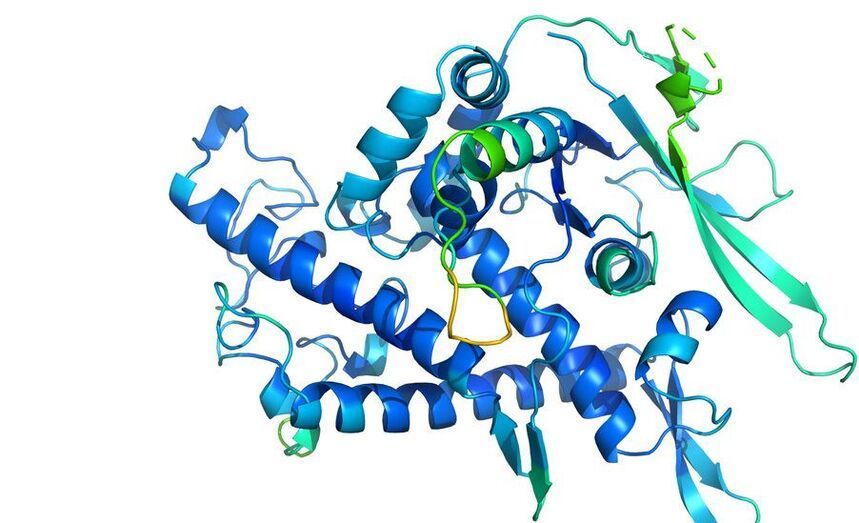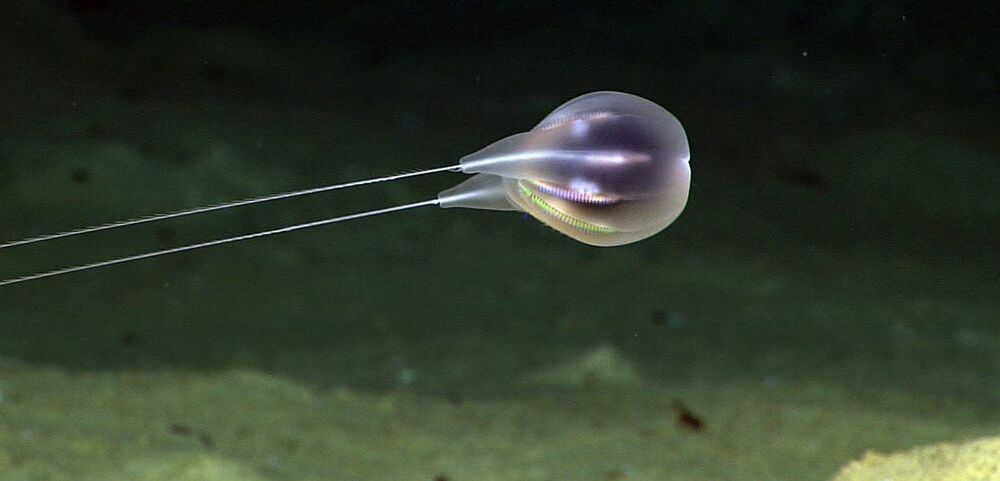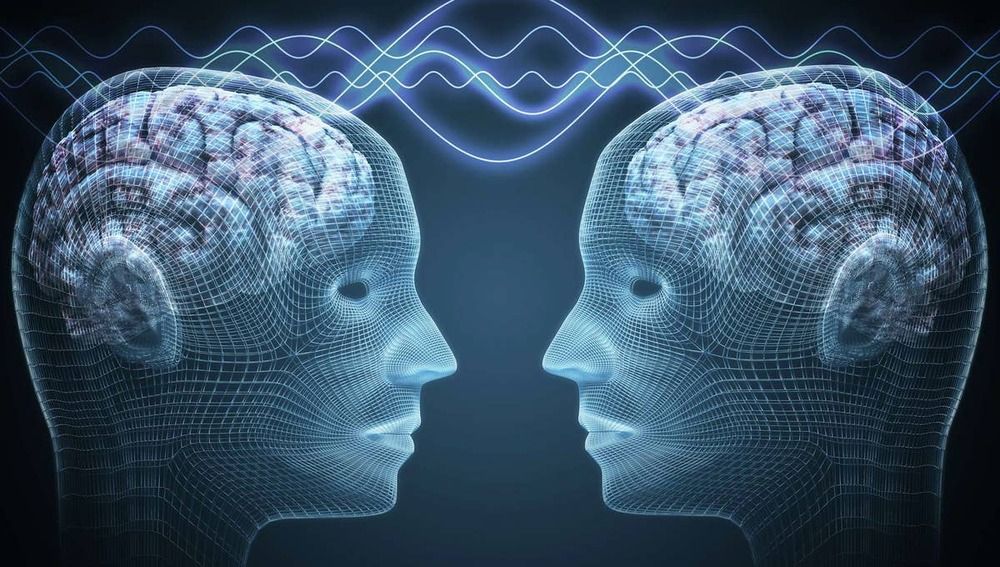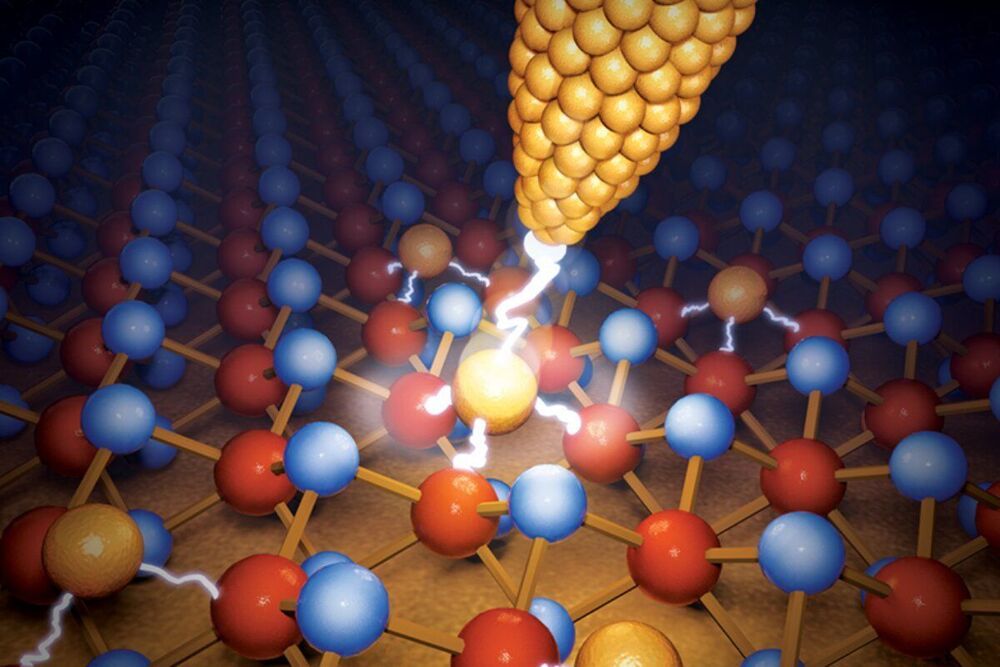LONDON — Alphabet-owned DeepMind has developed a piece of artificial intelligence software that can accurately predict the structure that proteins will fold into in a matter of days, solving a 50-year-old “grand challenge” that could pave the way for better understanding of diseases and drug discovery.
Every living cell has thousands of different proteins inside that keep it alive and well. Predicting the shape that a protein will fold into is important because it determines their function and nearly all diseases, including cancer and dementia, are related to how proteins function.
“Proteins are the most beautiful, gorgeous structures and the ability to predict exactly how they fold up is really very, very challenging and has occupied many people over many years,” Professor Dame Janet Thornton from the European Bioinformatics Institute told journalists on a call.









